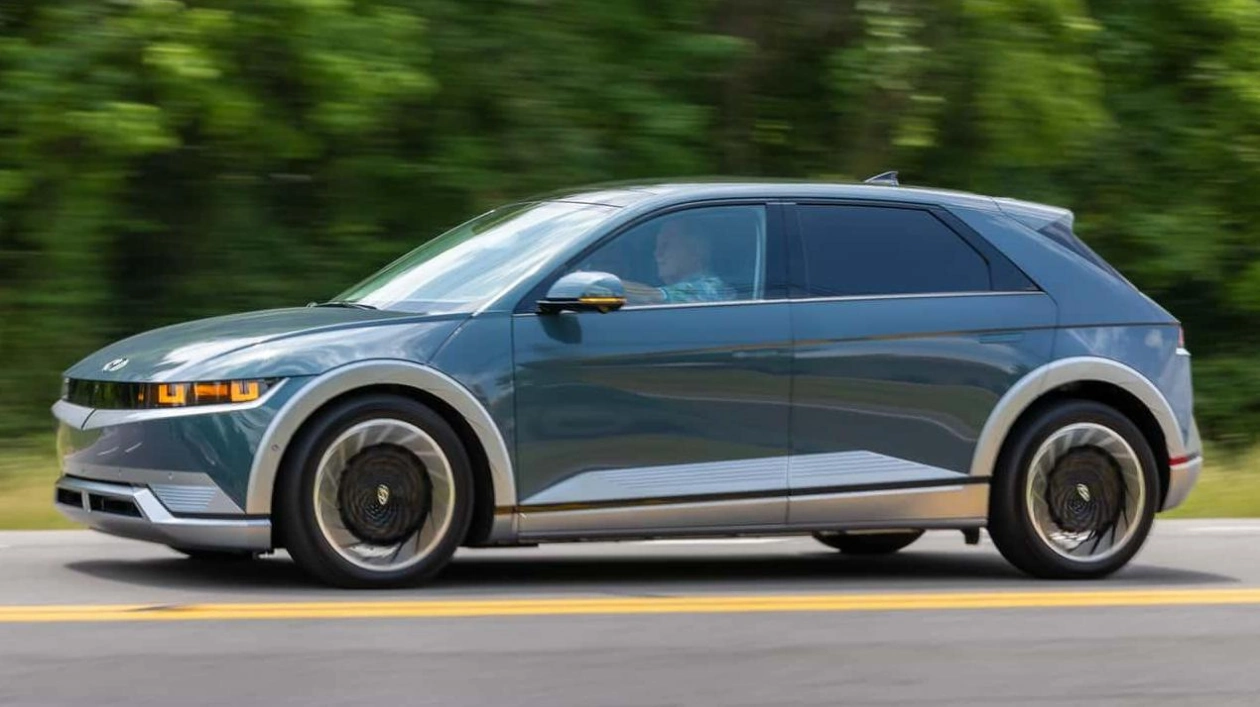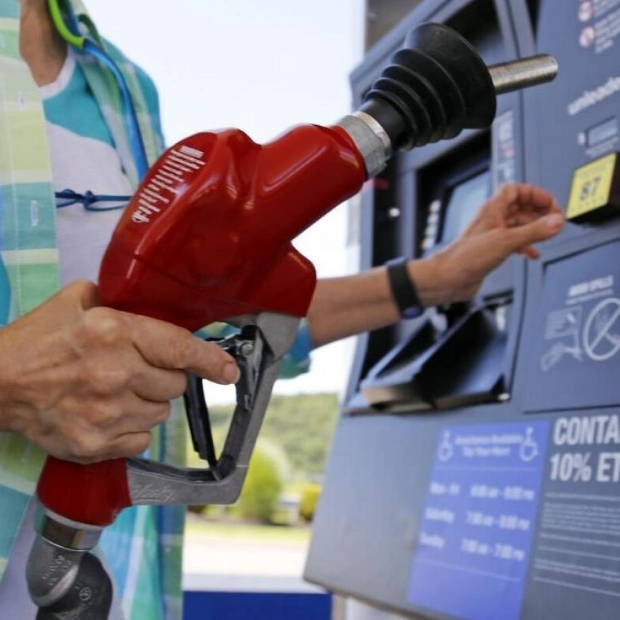To grasp the current landscape of electric vehicles, one need only observe General Motors and Mercedes-Benz. The American automaker saw a rise in EV sales, with the new Equinox EV contributing nearly a third of GM's Q3 EV sales. Additionally, Blazer EV sales increased, and the more affordable Silverado EV and a new Bolt are on the horizon. Mercedes, however, faced a less fortunate scenario, with sales of its three EVs—the EQB, the EQE, and the EQS—declining by 42 percent from Q3 2023 to Q3 2024. The Porsche Taycan also experienced a significant drop, with global sales falling by 50 percent over the first nine months of the year, decreasing from 5,212 to 3,394 in the US.
Despite these setbacks, EV sales in America grew by 11 percent last quarter compared to the previous year, with an estimated 346,309 EVs sold, according to Cox Automotive. Sales increased by 5 percent from Q2 to Q3 and accounted for a record-high 8.9 percent of new car sales last quarter. The introduction of more affordable EV models, coupled with attractive leases and higher-than-average incentives—12.29 percent of the average EV transaction price versus 7.1 percent for the rest of the industry—has significantly boosted sales.
Cox Automotive also highlighted the 'leasing loophole' that provides customers with more government incentives for leasing rather than buying outright, leading to a surge in lease rates for electric vehicles. As of July 2024, leases comprised 42.7 percent of EV sales, nearly double the industry average of 22 percent. Buyers can currently find numerous attractive lease deals, some as low as $99 a month with a few thousand dollars down. While the down payments are substantial, the monthly payments remain well below the average new car payment, which exceeds $700.
The expanding market for EVs, including more affordable models, has seen two of the poorest states in the country leading in EV adoption. According to a recent iSeeCars study, Arkansas ranks second for growth over the last five years, with EVs accounting for 5.6 percent of the state's market share. Louisiana follows closely, though EVs make up only 0.8 percent of its market. However, this figure is on the rise.
Those who purchase an EV outright may face lower resale values as these leased vehicles return to dealers, but perhaps this is what the technology needs to thrive. Range and charging infrastructure are no longer the primary concerns for potential buyers; the cost of replacing the battery is a more significant factor, though not overwhelmingly so. Increasing the number of EVs on the road, whether leased or bought, should bolster demand for a more extensive and reliable charging network. Automakers might consider focusing on leases to push EV sales beyond the 10-percent threshold, potentially leading to mass adoption and further price reductions.
Of course, this strategy will only succeed if EV buyers do not revert to gasoline-powered vehicles.






